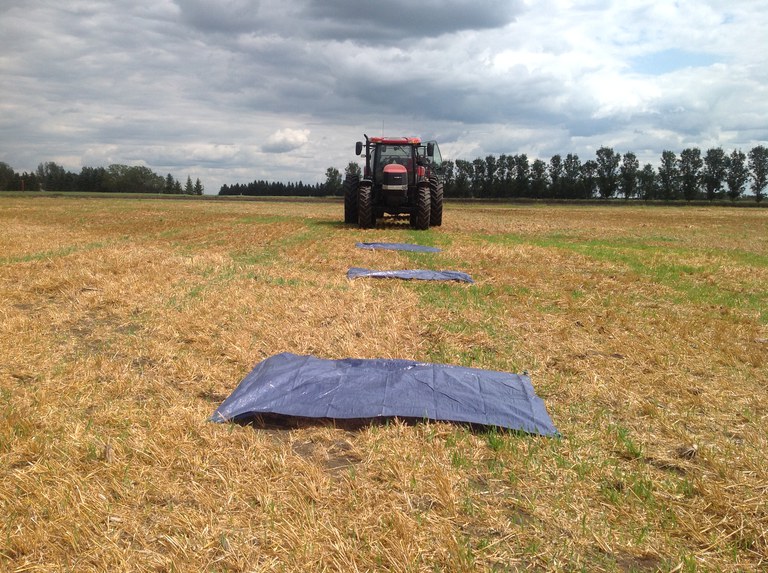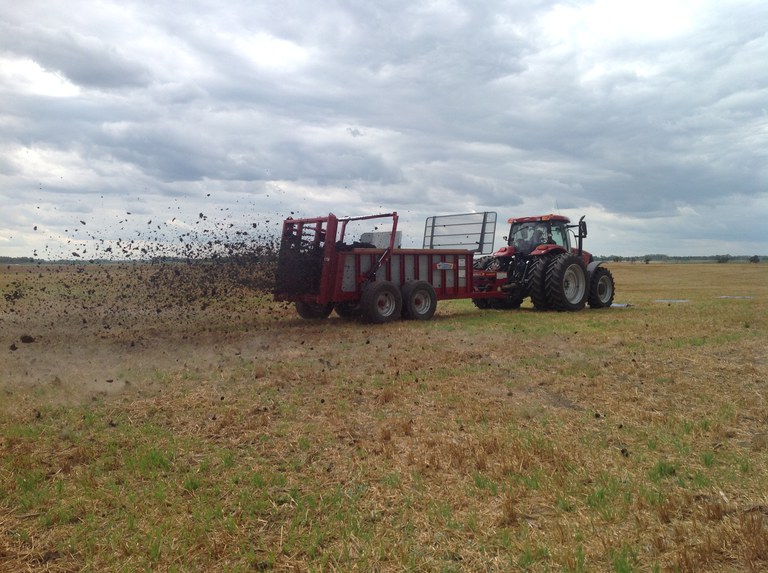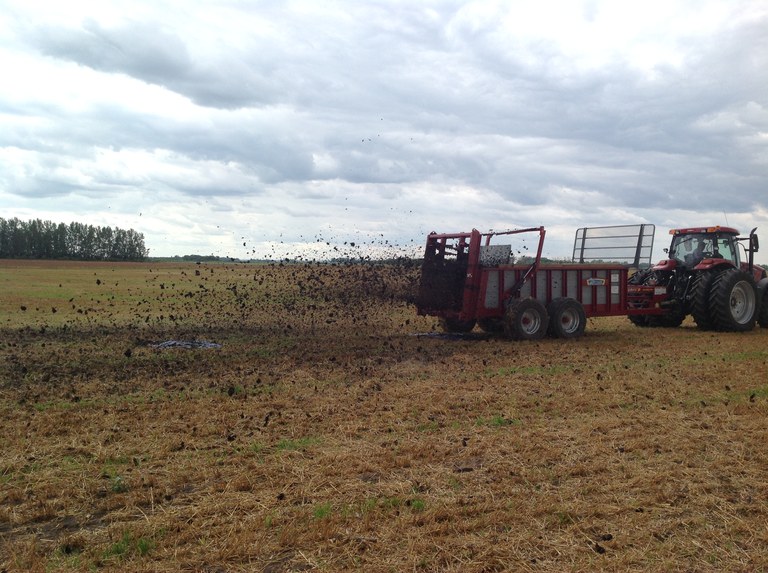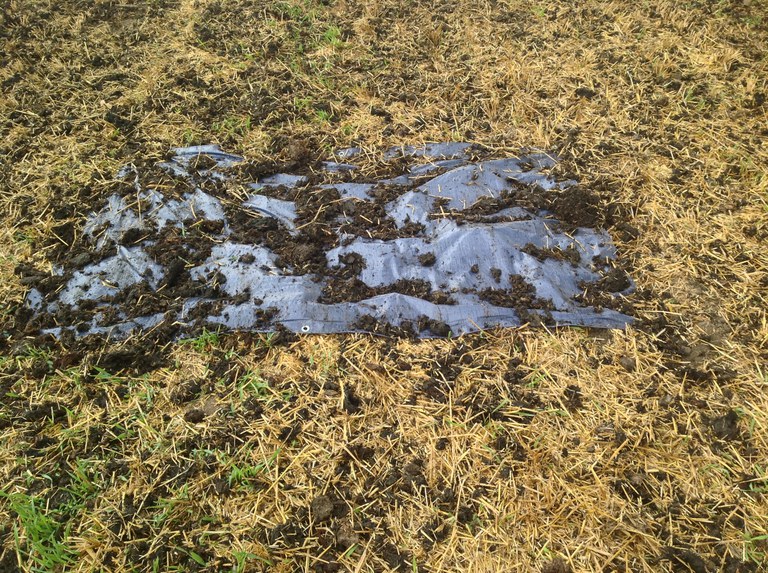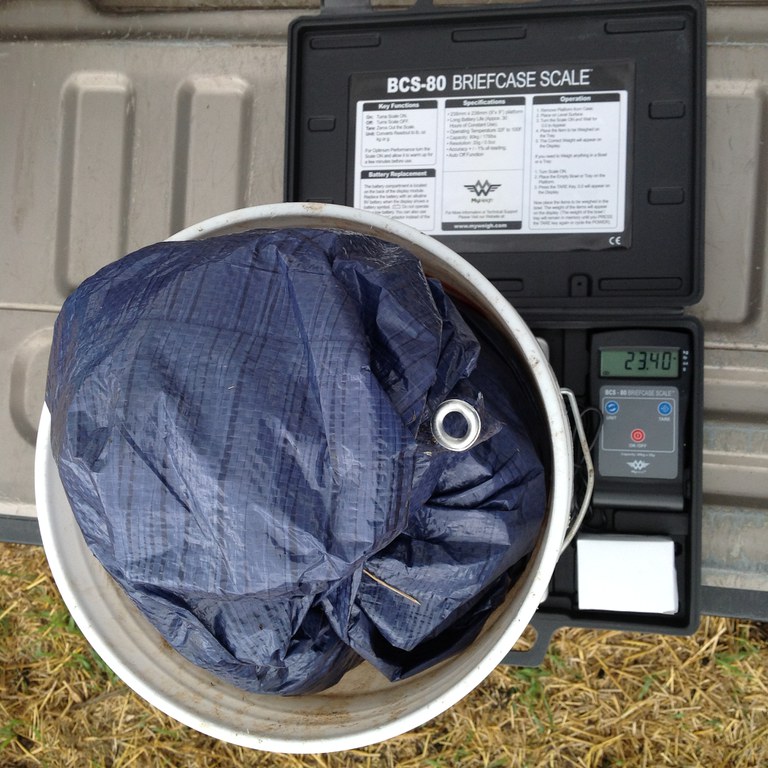References
Freitas, R.J., and M.D. Burr. 1996. Animal Wastes. In Pollution Science. I.L. Pepper, C.P Gerba and M.L. Brusseau (ed). Academic Press. San Diego, Calif.
Jokela, B. Verified April 21, 2021. Manure Spreader Calibration. The University of Vermont Extension. www.uvm.edu/sites/default/files/Agriculture/CVCROPS/ManureCalibration.pdf
Keena, M.A., and C. Augustin. 2021. Nutrient Characteristics of Solid Beef Manure in North Dakota. www.ag.ndsu.edu/publications/livestock/nutrient-characteristics-of-solid-beef-manure-in-north-dakota
Midwest Plan Service. 2004. Manure Characteristics Manure Management Systems Series. Section 1, Second edition.
Refer to NDSU Extension publication “Manure Sampling for Nutrient Management Planning” (NM1259) for sampling methods and analysis interpretation.
This material is based upon work supported by the Natural Resources Conservation Service, U.S. Department of Agriculture, under number 69-3A75-17-17. USDA is an equal opportunity provider and employer. Any opinions, findings, conclusions, or recommendation expressed in this publication are those of the author(s) and do not necessarily reflect the views of the U.S. Department of Agriculture.
This publication was authored by Chris Augustin, NDSU Dickinson Research Extension Center director; Ron Wiederholt, former Extension nutrient management specialist; and Teresa Dvorak, former Extension livestock nutrient management specialist, NDSU, 2009, and revised by Paulo Flores, NDSU assistant professor, 2015.
Photos taken at the Carrington Research Extension Center by Mary Keena.

